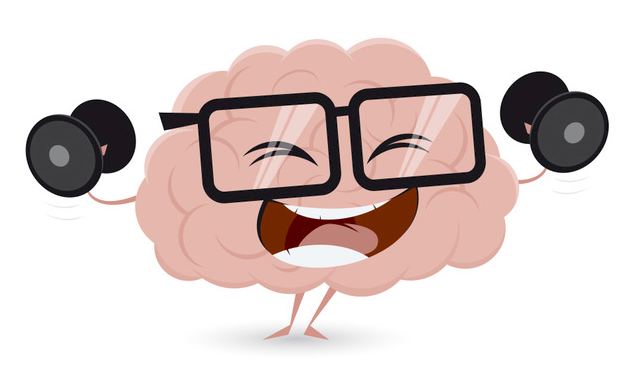Cognitive Ergonomics: Why Successful Companies Consider Mental Performance.
Written by: Kim Moull, Ergonomic Consultant
Ergonomics is commonly accepted as a solution for improved physical performance and injury prevention. But, have you ever thought of how considering cognitive ergonomics, including human perception, mental processing, and memory can positively impact your company? Not only can the design of a work environment impact mental performance for workers, but it can also affect the amount of stress that a worker experiences. So, what does this mean for your business?

Just as working outside of one’s physical capabilities can result in injury, taking on a mental workload that exceeds personal limits can result in errors, decreased productivity and quality, and increased personal stress for your employee. As a simple example; if a fast-paced manufacturing process requires a worker to divide their attention between a variety of critical tasks at once, their diluted focus may result in components of their job being forgotten. This can create a situation where the finished product does not meet your company’s quality standards, requires additional manpower and time to correct the error, and puts your employee under stress because they are not completing their job as expected. Personal stress for the employee can, in turn, lead to decreased productivity and even absenteeism. If the process was instead designed to promote worker success by concentrating their focus on one critical component at a time, the likelihood of error is decreased, and so are the costs associated with correcting that error. Considering cognitive performance and mental stress on a systematic basis ensures that employees are valued and embodies a successful company culture.
A major determinant of an individual’s cognitive performance is how they perceive the task demands and working environment. If the perception of the demands, environment, and personal abilities don’t align, then cognitive performance may decrease. While we cannot control individual perception, there may be aspects of the task demands and work environment that can be modified for a more positive personal perception and improved cognitive success. The first step in creating a work environment that promotes optimal cognitive performance is identifying the current demands of the jobs within it. Not sure where to start? Options Incorporated can help by quantifying the cognitive demands of your work processes and by improving your understanding of the mental workload that your employees are being exposed to. This awareness can help you identify the potential root causes of poor cognitive performance within your processes and allow you to investigate and implement strategies to help mitigate them.
If you are interested in learning more about how we can help you set your employees up for success at work, please contact us at the link below.
Contact Us Back to Articles